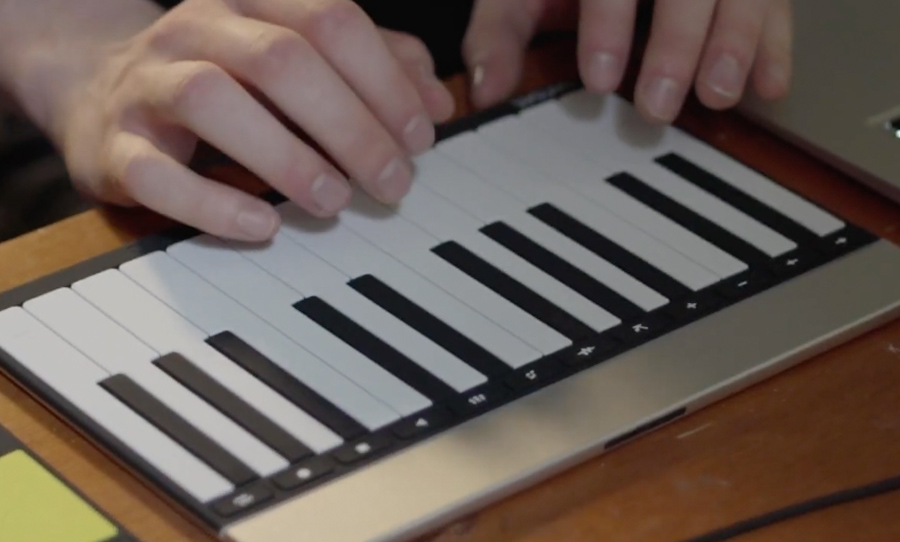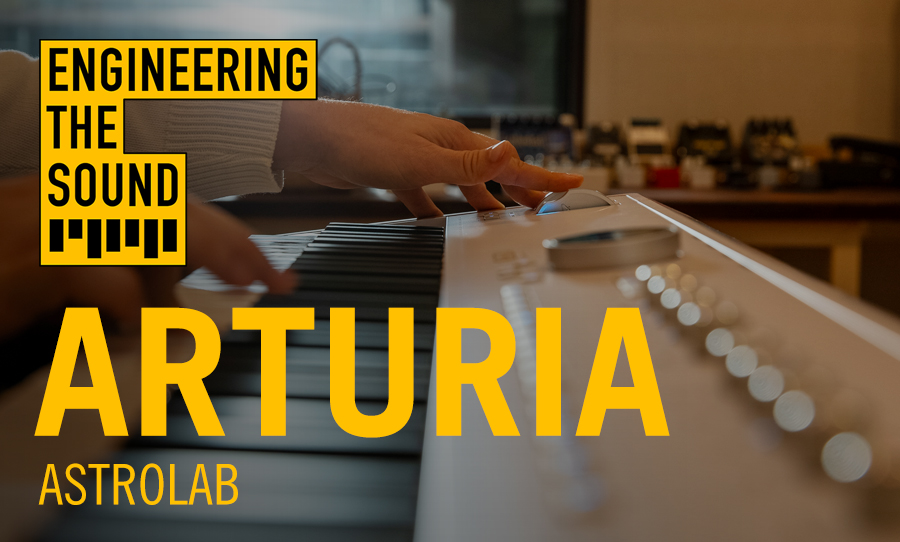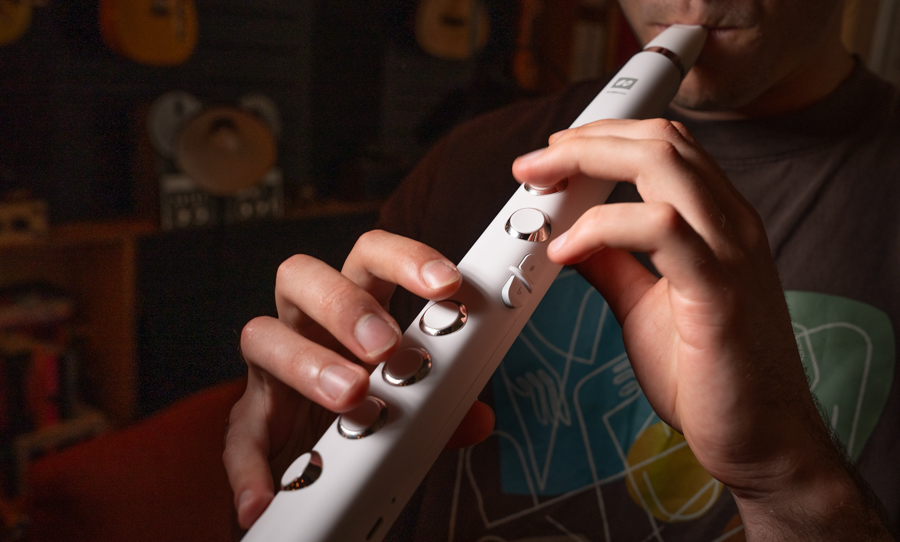The Morph from Sensel provides an extensive suite of options for MIDI control. At Engineering the Sound, we decided to get a little experimental with it.
You might think that there are only so many ways to skin the proverbial cat. But the process of sending MIDI data to a computer via some kind of controller has spawned a plethora of experiments in recent years. A daring new MIDI control option comes from Sensel, manufacturers of The Morph.
To simply label it a MIDI controller sells The Morph short. Essentially, it provides a whole host of creative environments that are designed to suit your chosen workflow. It caters to the traditionalists, as well as the intrepid explorers who want to test the limits of MIDI expression.
The Morph arrives in a box that’s more redolent of tech than rock ‘n’ roll. There’s not much to disabuse of the notion when you unpack it either. You’re presented with a slick, silver, trackpad-like surface. And while the look is decidedly minimal, this interface conceals all the genius inherent in The Morph.
Getting hands-on
The base houses what Sensel call the ‘Multi-touch pressure sensitive active area’ — and with approximately 20,000 pressure sensors the surface, ‘sensitive’ is an understatement. It’s also capable of Polyphonic Expression (MPE). This means the extended expressive techniques, like pitch bends, vibrato and volume swells are available for each note independently, rather than the pitch bend stick and mod-wheel approach on traditional MIDI controllers.
The ‘active area’ alone won’t give you the means to tap into this extended expressive capability — and here is where The Morph’s showstopper comes into play. A series of silicon overlays pushes The Morph to many different disciplines. While it lends itself intuitively to music, it also caters for gaming, digital art, design and even video editing.
At the conservative end of the scale, there’s a ‘Piano’ overlay. When you slap it on the base, it lands in place with a satisfying thud and feels magnetised to the surface — no slipping and sliding around here. It’s a common gripe among keyboardists when MIDI controller companies mess with tradition (if it ain’t broke, why fix it?) and while the keyboard skin is decidedly flat, there’s ample texture to make notes definable, there’s ample space, plus, there’s enough give in the overlay to give you accurate dynamic feedback.
Arrows denoting octave shifts, velocity, vibrato, harmonisation and sustain are all available at the push of a button, alongside transport controls. Note that in the early stages, you’ll be reaching for the manual, fairly often but eventually, the small diagrams in lieu of labelling have a logic of their own.

Multiple personalities
For the most part, these functional buttons are carried across the different overlays. The playing surfaces themselves, however, have divergent personalities, depending on your workflow. The yellow ‘Drum’ overlay features a standard drum kit layout, making for a spacious and physically familiar performance experience. Thunder was created in collaboration with Buchla — a company also known for its own groundbreaking approach to musical expression — and offers up an ergonomic and novel way to perform on virtual instruments.
But perhaps most relevant to a modern DAW-based production context is the ‘Music Production’ overlay. It combines a 16-pad grid, reminiscent of the AKAI MPC, eight rotary encoders, two horizontal sliders and even an octave’s worth of micro-key piano keys. It works hand-in-glove with DAWs like Ableton Live, offering up the ideal medium to control drum racks and macros on an instrument rack.
If you have a taste for adventure, you can create your own custom maps and fields for expression with the ‘Innovator’s’ overlay. With drag and drop tools available in the Sensel App, you can literally invent your own MIDI controller with sliders, buttons, X/Y pads to create a completely customised world to suit your performance.
With The Morph, Sensel has proven that digital expression can be achieved in a way that utilises ergonomically friendly movements, all the while catering for the traditionally inclined, as well as the bold. It can be a platform for the utilitarian (there’s even a QWERTY keyboard overlay) and for recreation. With just a few humble materials, The Morph provides a vehicle for the imagination to run wild.
For more details, visit the Sensel website.



